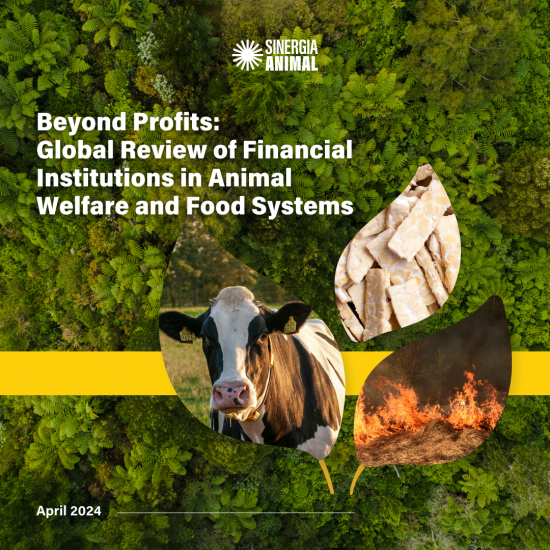In the event of another deadlock between Russia and Saudi Arabia, the desert kingdom is likely to suffer a bigger hit than Russia in an extended oil price war, according to Rystad Energy.
Rystad feels Saudi Arabia will suffer a bigger hit in all five financial criteria: the impact on oil and gas revenues, fiscal breakeven price, fiscal deficit and foreign currency reserves, budget deficits and domestic policy.
A month after the last unproductive OPEC+ meeting and with Covid-19 slashing demand amid the ongoing price war, the US has managed to broker a new extraordinary meeting for oil-producing nations. Russia and Saudi Arabia will be back to the negotiating tele-table on 6 April 2020 to discuss the output cuts of at least 10 million barrels per day (bpd), first announced by US President Donald Trump on Twitter on 2 April 2020.
The deal would help balance the demand shortfall and bring prices back to more profitable levels and help avoid production shut-ins. The sticking point is how much each producer is willing to cut. But, in case of another deadlock between Russia and Saudi Arabia, the desert nation is set to suffer a bigger setback, according to Rystad.
In its base-case scenario of an average oil price of $34 per barrel of Brent this year and $44 next year, Saudi Arabia’s revenues will halve this year compared to 2019 before recovering by 30% to almost $135 billion in 2021. As a result, at a $34 oil price, the country will lose $105 billion of revenues in 2020 – and in case of a $20 oil price, Saudi Arabia will lose up to $150 billion this year, even with the increase in production.
Similarly, Russia’s revenues will slump by 47% in 2020 and recover back by 35% in 2021 to $114 billion. Russia will lose about $75 billion in revenue this year at a $34 oil price, while the revenue shortfall could be $110 billion at a $20 oil price. Russia would hold up better than Saudi Arabia in terms of revenue loss in a $20-per-barrel scenario because it has a higher contribution from gas to overall revenues.
Saudi Arabia has been working to reduce its fiscal breakeven oil prices and has had some success over the past few years. However, the oil price required to finance the budget has remained quite steep at $84 per barrel for 2020. In comparison, the fiscal breakeven price for Russia has come down from highs of $114 in 2013 to close to $42 per barrel in 2020, largely aided by a weakening RUB–USD exchange rate in 2014–2015.
In case there is no way out of the current deadlock, Russia has more breathing space than Saudi Arabia to survive a protracted volume war.
Among other countries in the Middle East, the first victim in this oil price war will be Iran, which is already struggling with ongoing political instability and substantial US sanctions. The fiscal breakeven oil price has been rising rapidly for Iran, from $58 in 2016 to an expected $195 in 2020, according to the International Monetary Fund (IMF). Kuwait and the United Arab Emirates (UAE) also need higher oil prices to sustain their economies without additional borrowing.
Also published on Medium.






